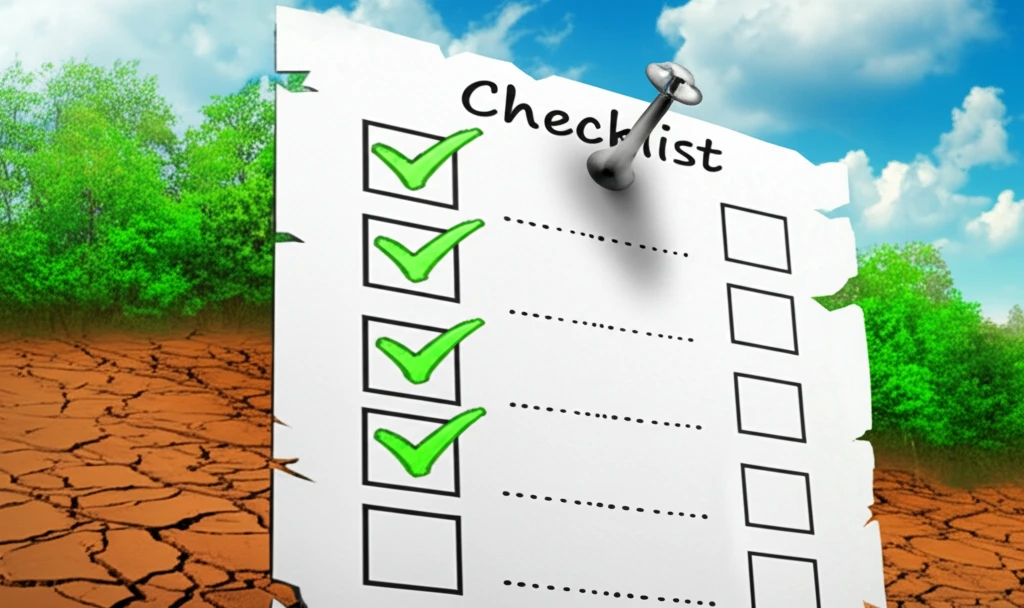
Decoding Green Buildings: Are Sustainable Building Assessment Systems Truly Effective?
"A critical look at sustainable building assessment systems reveals gaps in coverage and a lack of consensus, highlighting the need for better evaluation methods."
In an era defined by climate concerns and environmental awareness, the concept of sustainable buildings has surged to the forefront of the construction and design industries. Governments, organizations, and consumers alike are increasingly seeking methods to evaluate and enhance the sustainability of buildings, leading to the proliferation of sustainable building (SB) assessment systems.
These systems, such as Leadership in Energy and Environmental Design (LEED), Building Research Establishment Environmental Assessment Method (BREEAM), The Comprehensive Assessment System for Building Environmental Efficiency (CASBEE), and Green Star, serve as frameworks for assessing a building's environmental impact, resource efficiency, and overall contribution to sustainability. Yet, as these assessment systems gain traction, critical questions arise about their effectiveness, consistency, and comprehensiveness.
A new study by Jamal Al-Qawasmi (2018) casts a critical eye on the usage of indicators and the attributes of sustainability they measure in 11 renowned sustainable building assessment systems from various regions of the world. The study reveals that although each SB assessment system has been developed for the specific region, many of these systems are currently used to assess SB in various countries and regions across the globe. This article aims to explore Al-Qawasmi's research, shedding light on the gaps, inconsistencies, and potential pitfalls in current SB assessment practices while offering insights into how these systems can be improved to more accurately reflect building sustainability.
What Key Indicators Are Being Overlooked in Sustainable Building Assessments?

One of the key findings of Al-Qawasmi's research is the significant variation in coverage among different SB assessment systems. This variation extends not only to the type and optimal number of indicators used but also to the depth and breadth of coverage of various SB attributes. The study reveals a lack of consensus on which sustainability attributes should be prioritized and how they should be measured, leading to inconsistencies in assessment outcomes.
- Environmental impact: Energy Efficiency, Air pollution, waste management, and water consumption.
- Social Factors: Indoor Environmental Quality, Accessibility, Health and Wellbeing and spatial quality.
- Economic Aspects: Life cycle costs, capital cost and operational costs.
Moving Towards More Effective Sustainability Assessments
The findings of Al-Qawasmi's research underscore the need for a more standardized and comprehensive approach to sustainable building assessment. To ensure that SB assessment systems accurately reflect a building's sustainability, it is crucial to address the gaps in coverage, resolve inconsistencies in indicator usage, and prioritize a holistic, multi-dimensional approach that considers environmental, social, and economic factors.
